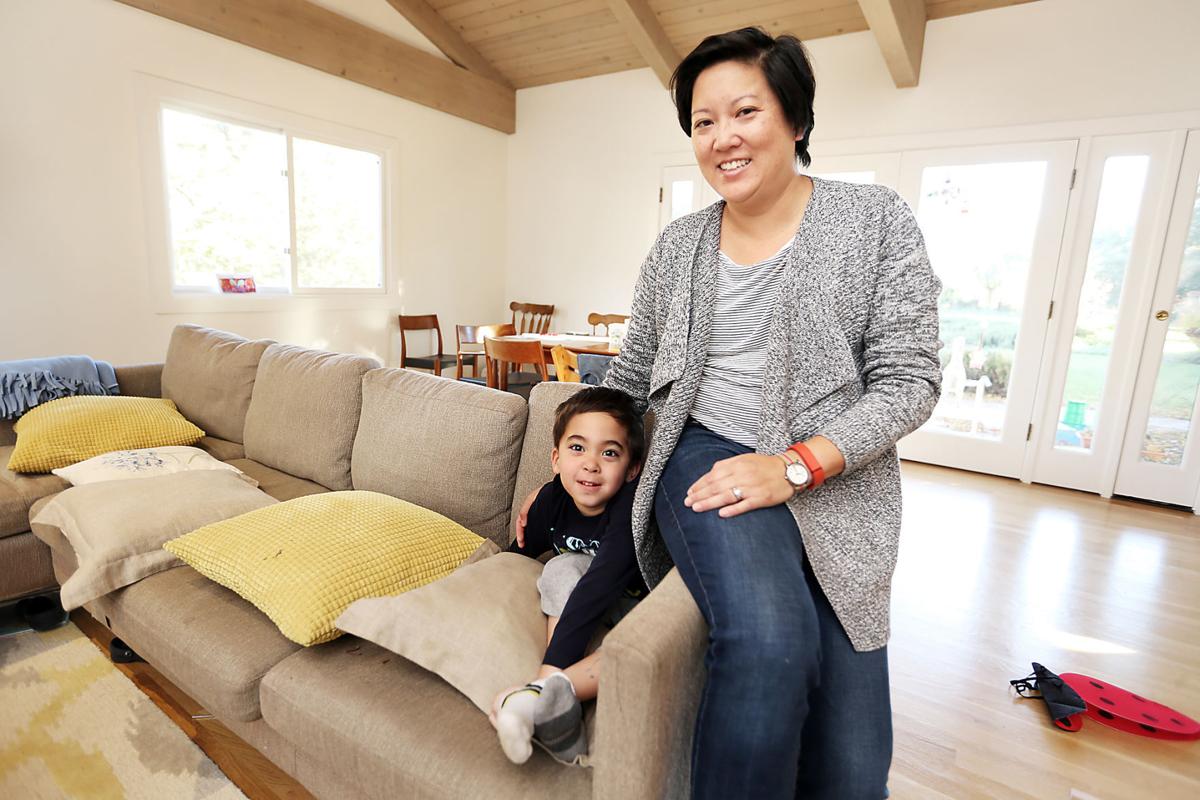
Three years of data from the National Health Interview Survey suggests that the prevalence of autism spectrum disorders among American children and teens has stabilized at around 2.41 percent, according to a new study. (Ad Council for Autism Speaks/TNS)
Researchers have a new reason to believe that the prevalence of autism spectrum disorders in the U.S. has reached a plateau.
The evidence comes from the National Health Interview Survey, which polls American households about a variety of conditions. When a participating family includes children, one of those kids is selected at random to be included in the interview.
A new question was added to the survey in 2014: “Has a doctor or health professional ever told you that (the child) had autism, Asperger’s disorder, pervasive developmental disorder, or autism spectrum disorder?”
Between 2014 and 2016, this question was answered for 30,502 children ages 3 to 17. In 711 cases, the answer was “yes.”
Researchers from the University of Iowa weighted those responses to account for the fact that not all American households were equally likely to be selected for the survey — and that among those that were, not all were equally likely to provide an answer to that particular question.
Once all the statistical work was done, the research team found that 2.41 percent of U.S. kids and teens had a form of autism between 2014 and 2016. That prevalence rose slightly over the three-year period — from 2.24 percent in 2014 to 2.41 percent in 2015 and then 2.58 percent in 2016. But that wasn’t enough to be considered statistically significant. In other words, those changes were so small that they could have been due to chance.
Some groups were more likely to report a diagnosis than others. The prevalence for boys over the three-year period was 3.54 percent, compared with 1.22 percent for girls. The 1.78 percent prevalence among Latino children was significantly lower than for non-Latino blacks (2.36 percent) or for non-Latino whites (2.71 percent).
Geography was not a factor, however. The prevalence of autism spectrum disorders was 2.21 percent in the South, 2.24 percent in the West, 2.47 percent in the Midwest and 3.05 percent in the Northeast. None of those differences was large enough to be considered statistically significant.
The overall prevalence figures were higher than numbers reported in other surveys. For instance, data from the Autism and Developmental Disabilities Monitoring Network put the prevalence at 1.46 percent in 2012. That was essentially unchanged from the 1.47 percent the ADDM survey reported in 2010 — marking the first time it had held steady since 2000.
The authors of the new report offered a few explanations for the difference. Households from across the country participated in the National Health Interview Survey, while the ADDM survey focused on about a dozen communities. In addition, the NHIS relied on reports from household members to identify children with autism; for the ADDM, doctors reviewed kids’ medical and educational records.
But the differences between the two surveys may not be as significant as the fact that both suggest the prevalence of autism spectrum disorders has stabilized.
The Iowa researchers said more work will be needed to determine whether changes in environmental risks, diagnostic criteria, public awareness or other factors are behind the apparent end to a decade-long increase.
The study was published in Tuesday’s edition of the Journal of the American Medical Association.
© 2018 Los Angeles Times
Distributed by Tribune Content Agency, LLC






